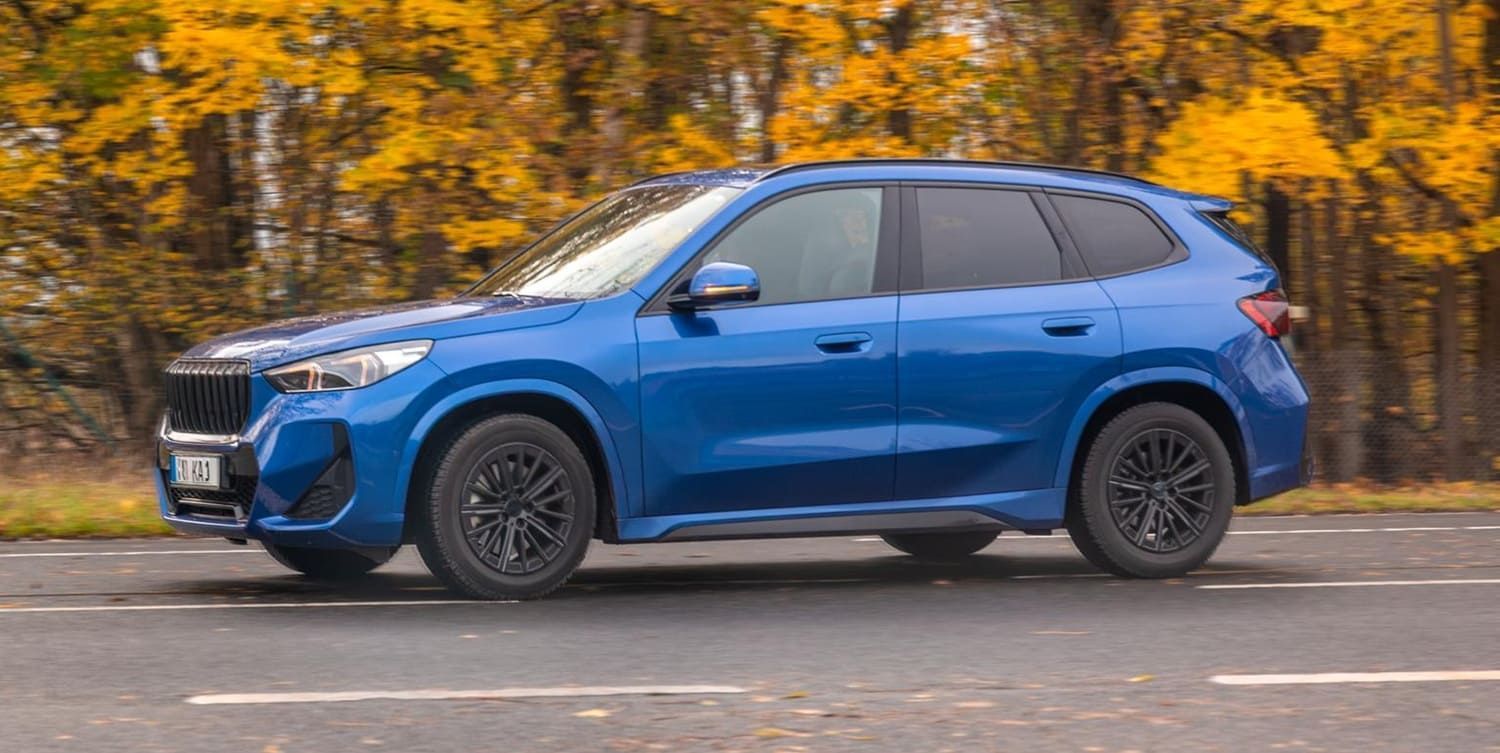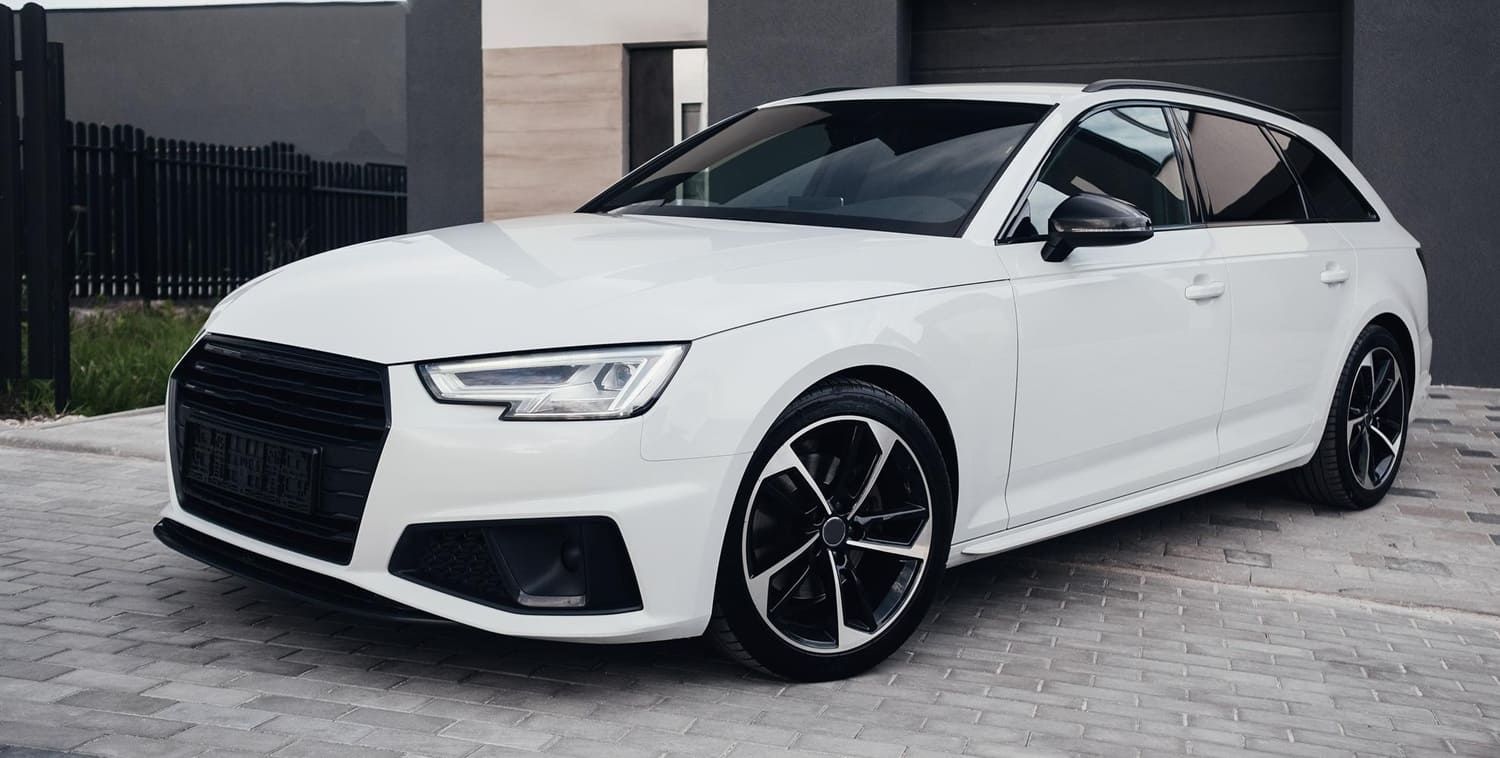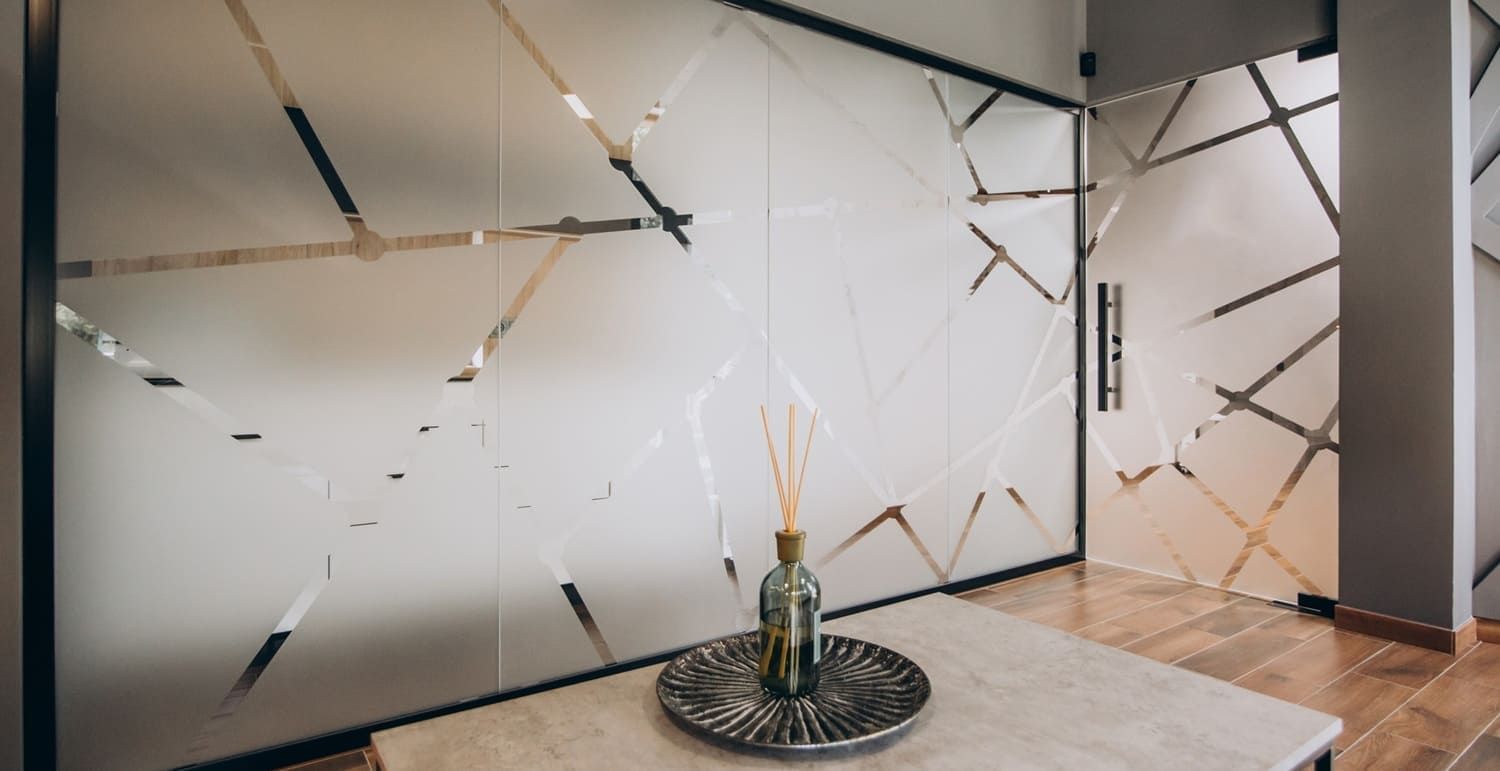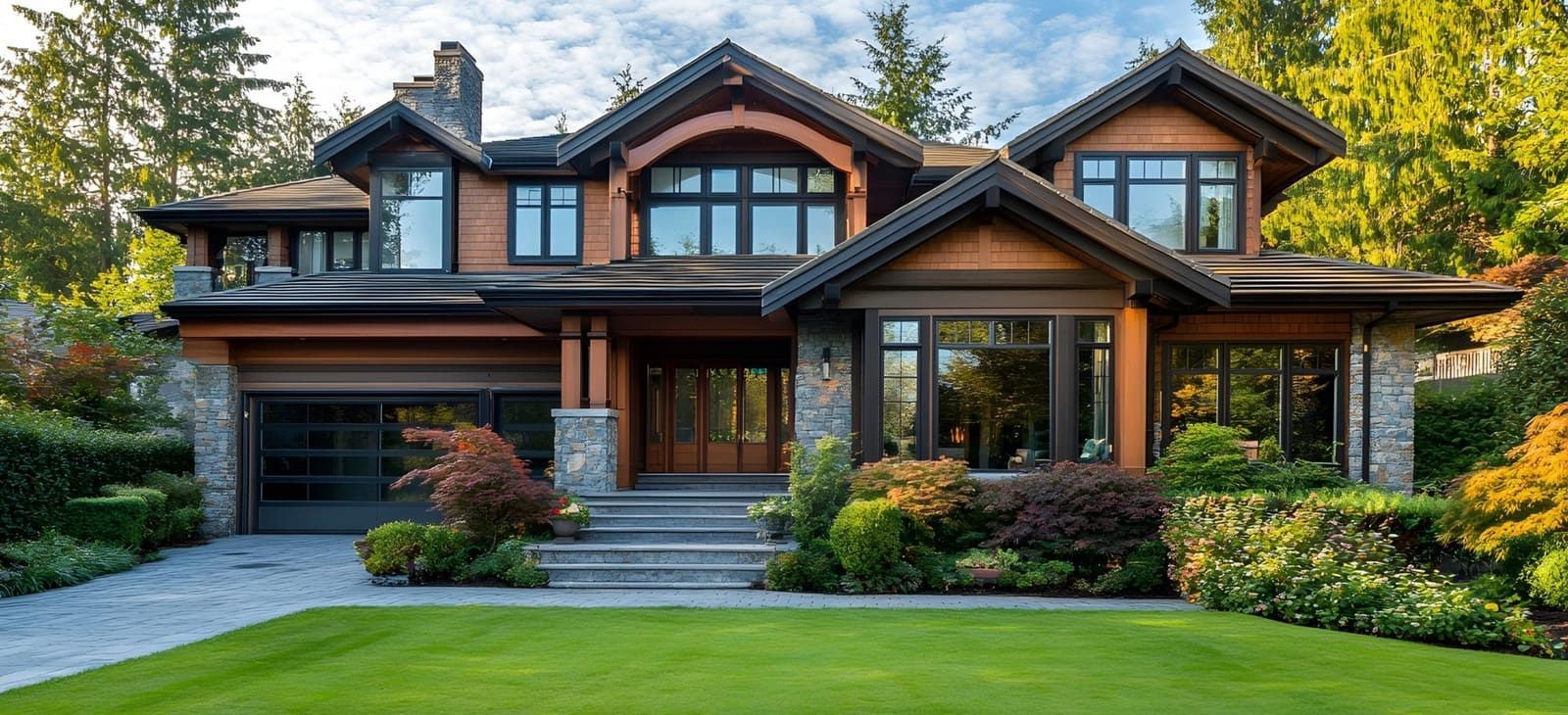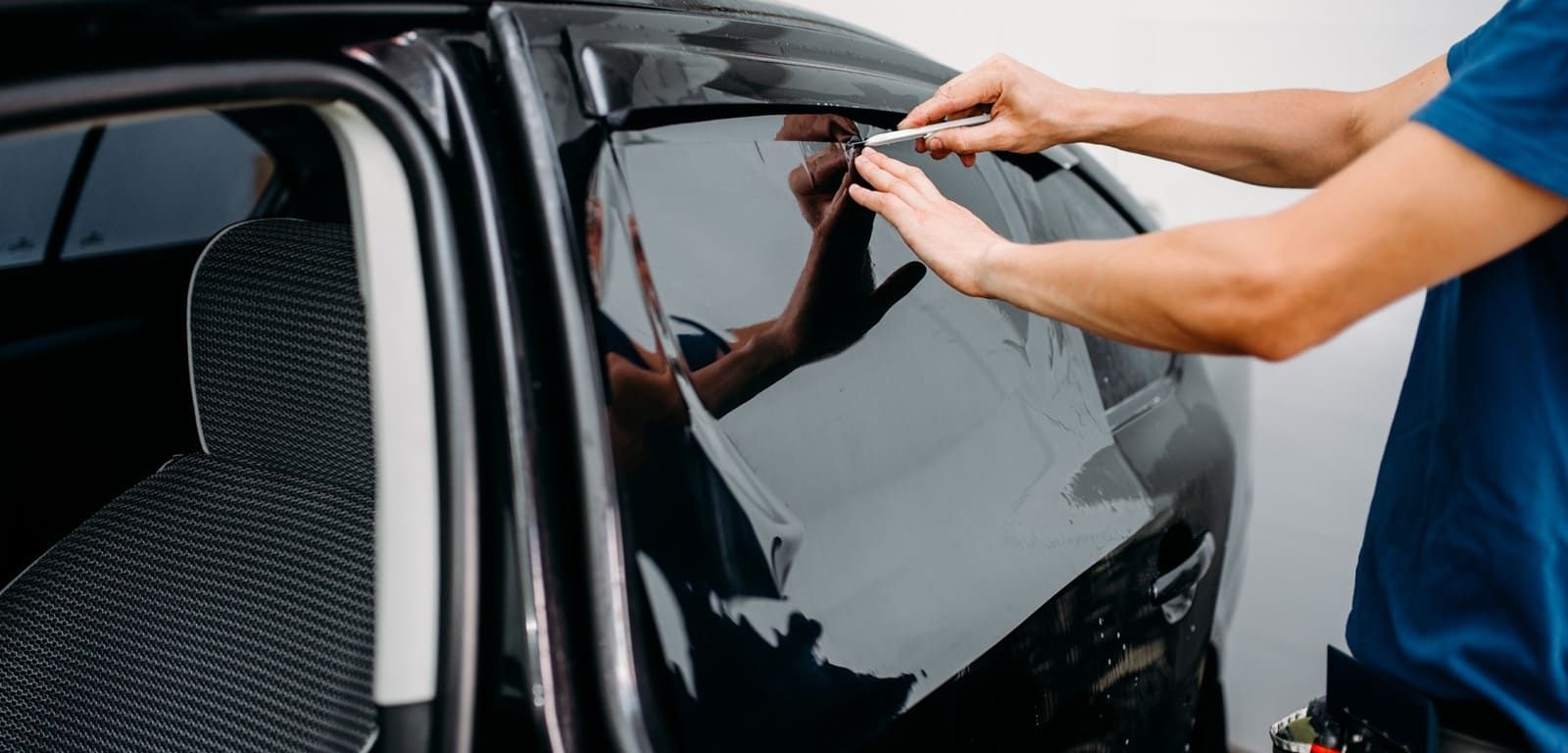How to Choose the Best Window Tint Percentage for Your Home
Window tint percentages are an important decision, so how can you choose? This guide explains how to choose the best window tint percentage for your home.
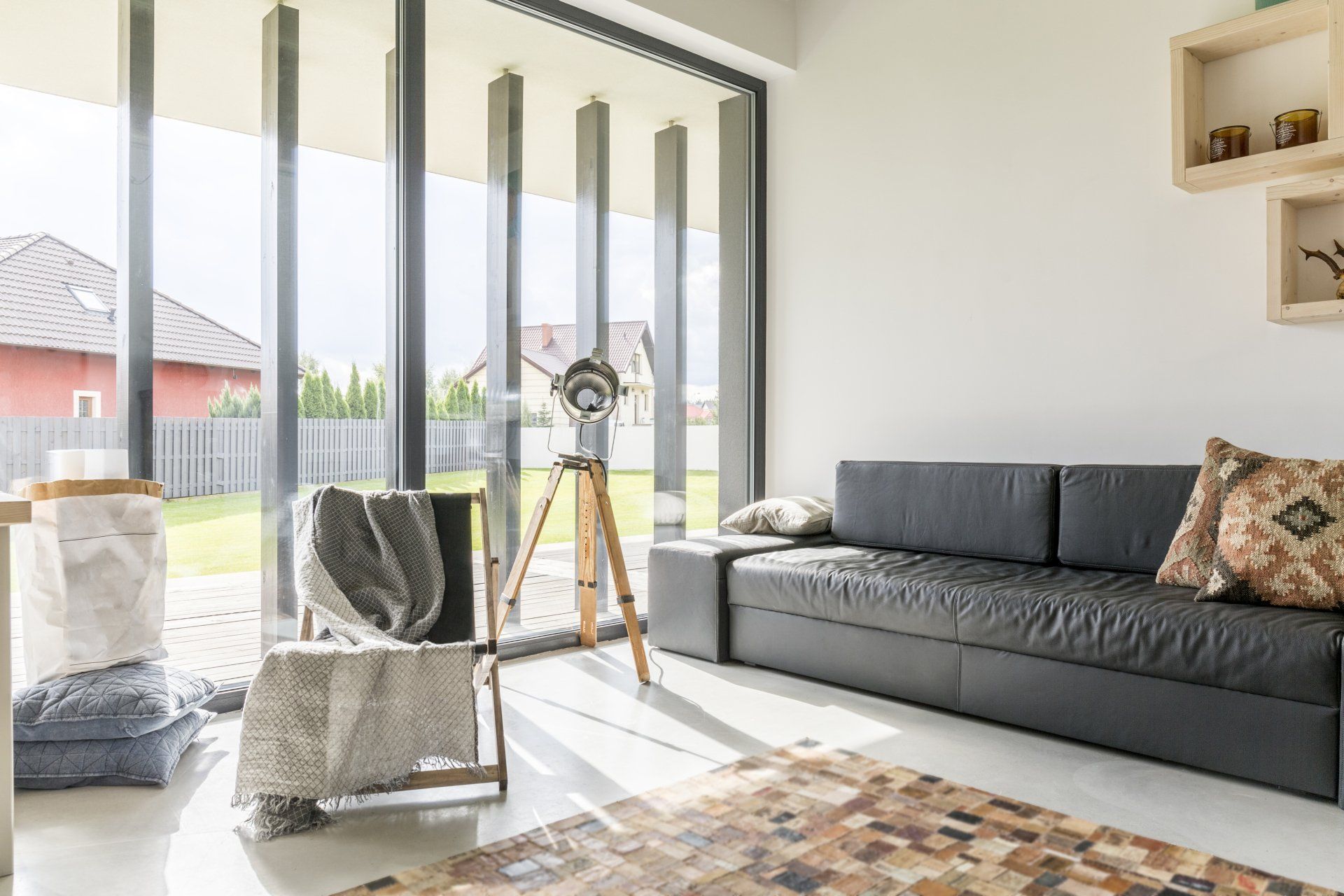
If you’re like many homeowners, you’re looking for better ways to get more out of your windows.
After all, windows are a great resource for natural light, but they’re also responsible for heat gain and heat loss—to the tune of 25-30% of your home’s heating and cooling use. In addition, many homeowners don’t enjoy the lack of privacy their windows offer.
That’s where window tinting comes in. Getting a home window tint offers a range of benefits, one of which is enhanced privacy!
However, one common question we hear homeowners ask is, “What’s the best window tint percentage for my house?”
Because every home is different—and because everyone has different goals for their house window tint—it’s impossible to offer a straightforward answer. However, there are a few factors that can help you weigh your decision and select the best tint percentage for your needs. Let’s take a look at them below.
Understand the Basics of Visible Light Transmission (VLT)
Before you start considering your options, it’s important to know one specific term: visible light transmission, or VLT.
When tinting home windows, homeowners will find films available in a wide spectrum of shades and percentages. One common mistake is to assume that the percentage listed for a window tint is a measurement of how dark the tint is.
However, this isn’t the case. The percentage listed for a window tint is a measurement of how much light can filter through the tint.
In other words, films that have a high VLT will allow more light to filter through your windows, while films with a low VLT will allow less light to do so. The lower VLTs—often in the 10% range—will allow very little light into your home.
Linked to the VLT, of course, is the film’s ability to block the sun’s heat. A significant portion of the sun’s heat and radiation come through the visible light spectrum. In other words, the more light your window film blocks, the more heat you keep out.
Many homeowners we work with settle around the 35% range in terms of VLT. This is a popular choice because at this level, a window film will make drastic cuts to heat and glare, but it will still allow a significant amount of natural light to enter the home.
Of course, as mentioned above, your personal choice will depend on additional factors, including the other goals you have in mind for your window film.
Consider Your Goals for Window Film
First and foremost, if tinting your windows isn’t the only goal you have in mind, you should consider the other ideas you have for your window film. There are many reasons to place a film over your windows, and some of them make it easier to get a darker tint than others. Let’s take a look at the different types of residential window tinting and what you can expect from them.
Security
Security window films can help protect your home in the case of a bad storm or an attempted break-in that shatters your window. However, it’s also worth noting that the tint from security window films can help increase your home safety by preventing potential thieves from seeing into your home. These options tend to have a low VLT percentage.
Privacy
If you want to increase your home’s privacy, a low VLT percentage—even in the 20% range—can do the trick. These darker options can be great in areas where you need more privacy, like entrance doors and bathroom windows.
Decorative
Decorative window tints can add attractive designs to your windows. From stained or frosted glass to vibrant colors and patterns, these can help enhance your home’s beauty while keeping the sun at bay. Most come in a range of VLTs.
Solar
As mentioned above, blocking sunlight can help you lower your utility bills. Fortunately, solar window films can also help protect your home and family from the sun’s UV rays. These tints tend to come in shades of silver or bronze, and they’ll also tend to have a high VLT percentage.
Consider Your Goals By the Room
It’s always worth noting that you should consider how you’ll use a room before you choose the right VLT for it.
If you’d like to reduce the sun damage to the soft furnishings in a specific room, you might want to consider opting for a low VLT to protect your belongings. In the bathroom, on the other hand, you might not need to worry so much about UV rays damaging your property.
If you tend to spend time in your living room in the mornings, a VLT of 10% may make the room too dark. On the other hand, a darker VLT might be perfect for your bedroom if you only spend time inside of it in the evening.
Consider Your Family’s Needs
While UV rays can do lasting damage to your property, it’s also worth considering that they’ll do the same for your family’s skin and health. This is especially true if anyone in your household has a skin condition or is sensitive to sunlight, both of which can put them at risk for UV damage even inside. In cases like these, it may be useful to opt for window tinting on every window in your home.
However, there’s one piece of great news: quality window tints can block UV rays even with a high VLT. In other words, tinting your home windows with a high VLT can allow the sun in while protecting your family from the lasting damage associated with it.
Let Us Help You Find the Best Window Tint Percentage
The tips above should set you on the right path to finding the best window tint percentage for your home. However, it can be hard to make this decision alone, especially since it’s a big one!
If you’re not sure which window tint percentage is right for your home, our team is here to help. At Latitude 33 Window Tint, we can find the right balance between energy savings, tinting, and comfort to secure the perfect window film for your home. Contact us today for more information, or reach out for a free estimate for your project.

